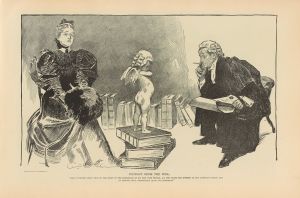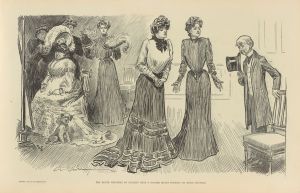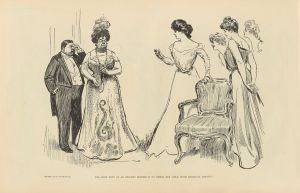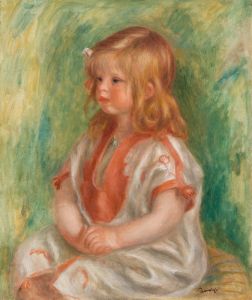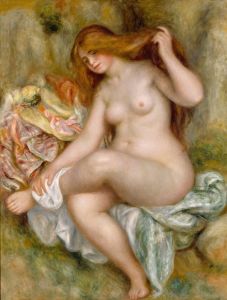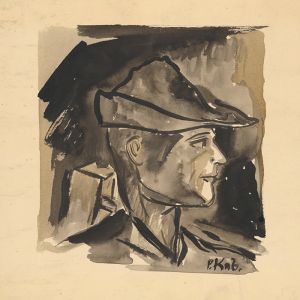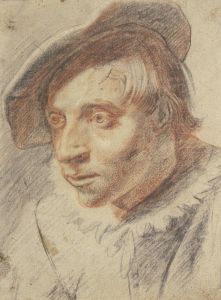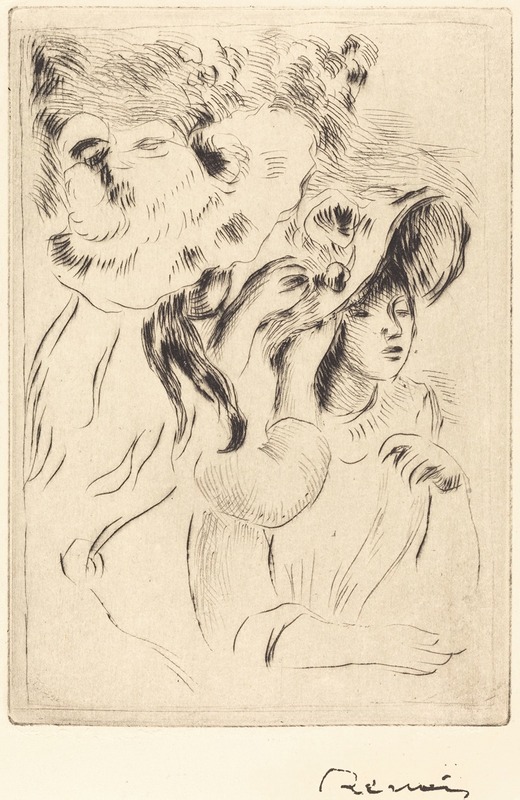
The Hat Pin
A hand-painted replica of Pierre-Auguste Renoir’s masterpiece The Hat Pin, meticulously crafted by professional artists to capture the true essence of the original. Each piece is created with museum-quality canvas and rare mineral pigments, carefully painted by experienced artists with delicate brushstrokes and rich, layered colors to perfectly recreate the texture of the original artwork. Unlike machine-printed reproductions, this hand-painted version brings the painting to life, infused with the artist’s emotions and skill in every stroke. Whether for personal collection or home decoration, it instantly elevates the artistic atmosphere of any space.
Pierre-Auguste Renoir, a leading figure in the Impressionist movement, is renowned for his vibrant light and saturated color, often focusing on people in intimate and candid compositions. One of his lesser-known works, "The Hat Pin," exemplifies his skill in capturing the subtleties of human expression and the elegance of everyday life.
"The Hat Pin" is a portrait that showcases Renoir's fascination with the fashion and culture of his time. The painting depicts a woman delicately adjusting her hat pin, a common accessory in the late 19th and early 20th centuries. Hat pins were not only functional, securing hats to the hair, but also served as decorative fashion statements. Renoir's attention to detail in this piece highlights his appreciation for the nuances of contemporary style and the role of women in society.
Renoir's technique in "The Hat Pin" reflects his mastery of the Impressionist style. He employs loose brushwork and a soft color palette to create a sense of immediacy and movement. The light in the painting is particularly noteworthy, as Renoir skillfully uses it to accentuate the textures of the woman's clothing and the sheen of her hair. This play of light and shadow is a hallmark of Renoir's work, demonstrating his ability to convey depth and dimension through color and form.
The composition of "The Hat Pin" is intimate, drawing the viewer's eye to the woman's focused expression and delicate gesture. Renoir often chose to depict women in moments of introspection or casual activity, capturing the grace and beauty of everyday life. This focus on the personal and the immediate is a key element of Impressionism, which sought to portray the fleeting moments of modern existence.
Renoir's choice of subject matter in "The Hat Pin" also reflects the social changes occurring during his lifetime. The late 19th century was a period of significant transformation, particularly for women, who were beginning to experience greater social freedoms and visibility. By portraying a woman engaged in the simple act of adjusting her hat, Renoir acknowledges these shifts and celebrates the evolving role of women in society.
While "The Hat Pin" may not be as widely recognized as some of Renoir's other works, it remains an important example of his ability to capture the essence of his subjects with sensitivity and insight. The painting is a testament to Renoir's enduring legacy as a master of Impressionism, whose works continue to resonate with audiences for their beauty, warmth, and humanity.
In summary, "The Hat Pin" by Pierre-Auguste Renoir is a compelling portrait that exemplifies the artist's skill in capturing the elegance and subtlety of everyday life. Through his use of light, color, and composition, Renoir creates a vivid and intimate depiction of a woman engaged in a simple yet significant act. This painting not only highlights Renoir's technical prowess but also reflects the social and cultural changes of his time, making it a valuable piece in the study of Impressionist art.





